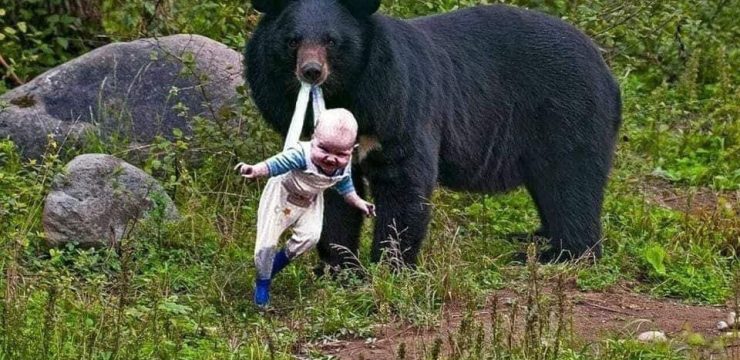Five Optical Illusions That Will Test Your Observation Skills
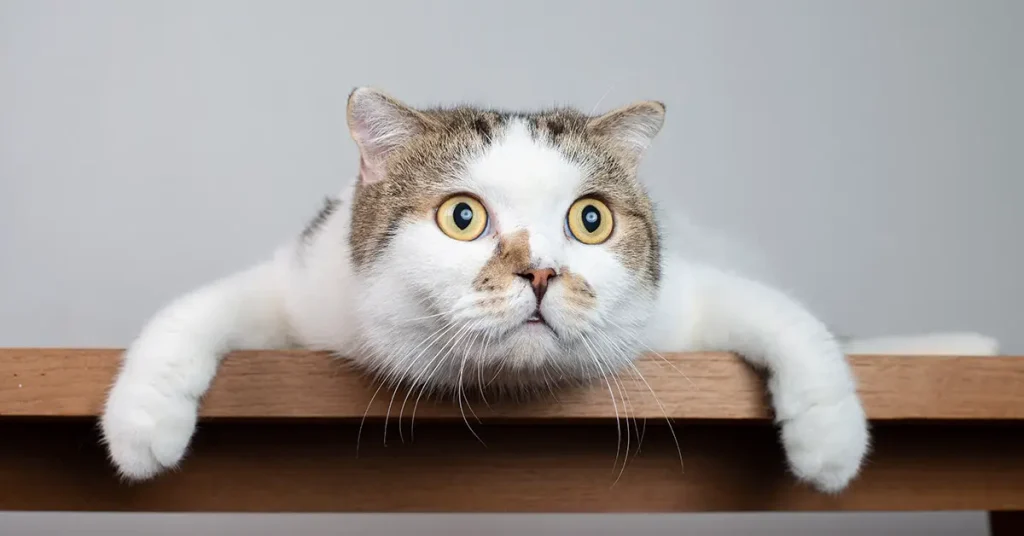
Optical illusions have fascinated humanity for centuries, blending elements of art and science to create visual puzzles that trick our brains. They challenge the way we perceive reality, often revealing how easily our minds can be fooled. Some illusions are simple and fun, while others are mind-bendingly complex, pushing us to question what we think we see. Below, we explore five captivating optical illusions that will not only test your observation skills but also make you marvel at the incredible power of perception.
1. Find the Hidden Dog Among the Cats
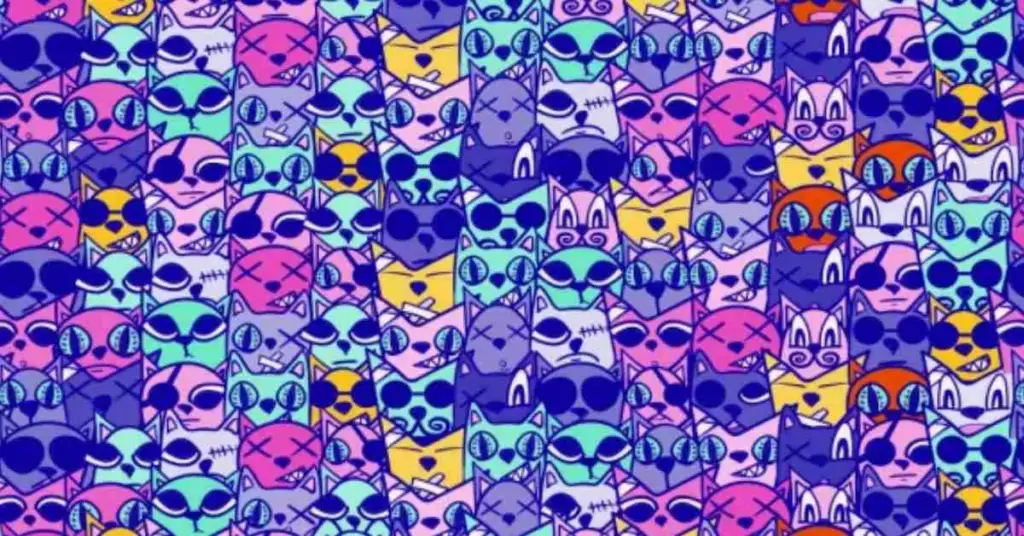
At first glance, this image appears to be nothing more than a group of whimsical, blue-colored cats scattered across the canvas. But hidden somewhere in this sea of feline figures is a sneaky dog, cleverly camouflaged among the crowd. The challenge lies in the overwhelming similarity of shapes and patterns, which makes it difficult for your brain to identify the subtle differences.
This illusion plays with your ability to discern unique features. While the dog shares some visual traits with the cats, it has distinctive characteristics that set it apart—if you can find them. Think you’re up for it? If you manage to spot the dog in under 13 seconds, you’re officially a keen observer with top-notch attention to detail!
2. Seek the Panda in the Snowstorm of Snowmen
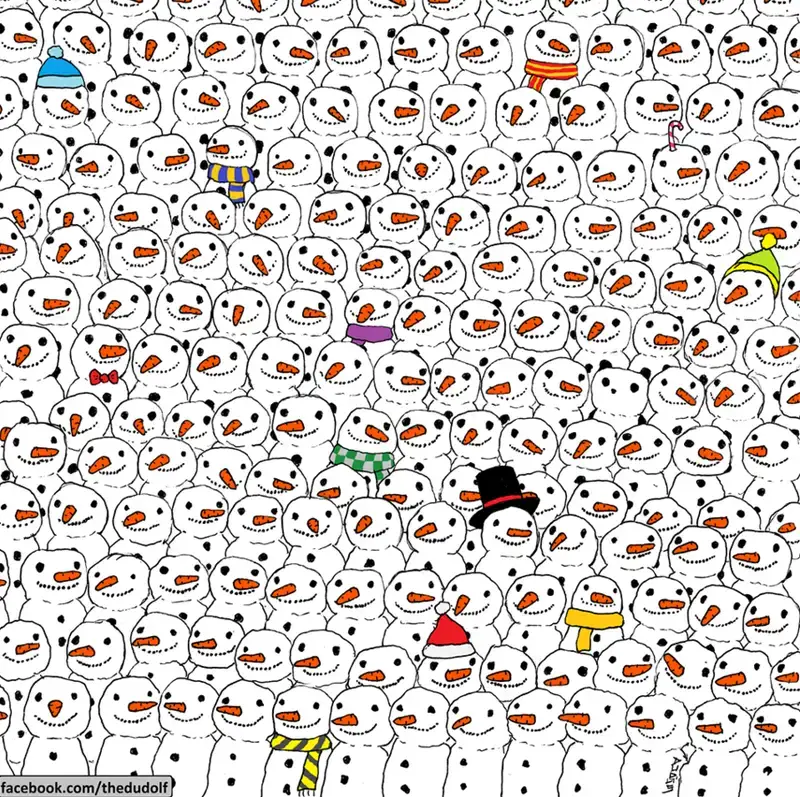
This classic optical illusion asks you to locate a panda hidden among a group of cheerful snowmen. At first, the scene looks like a winter wonderland filled with round, white snowmen sporting hats and scarves. But somewhere in the image, a panda is skillfully camouflaged.
The difficulty of this puzzle lies in how closely the panda’s round face and white fur match the snowmen’s shapes. To find the panda, focus on tiny differences, like the shape of its eyes or the absence of a snowman’s signature carrot nose. This illusion highlights how small, almost imperceptible details can be the key to solving a visual mystery.
3. Find the Hidden Owl Among the Trees
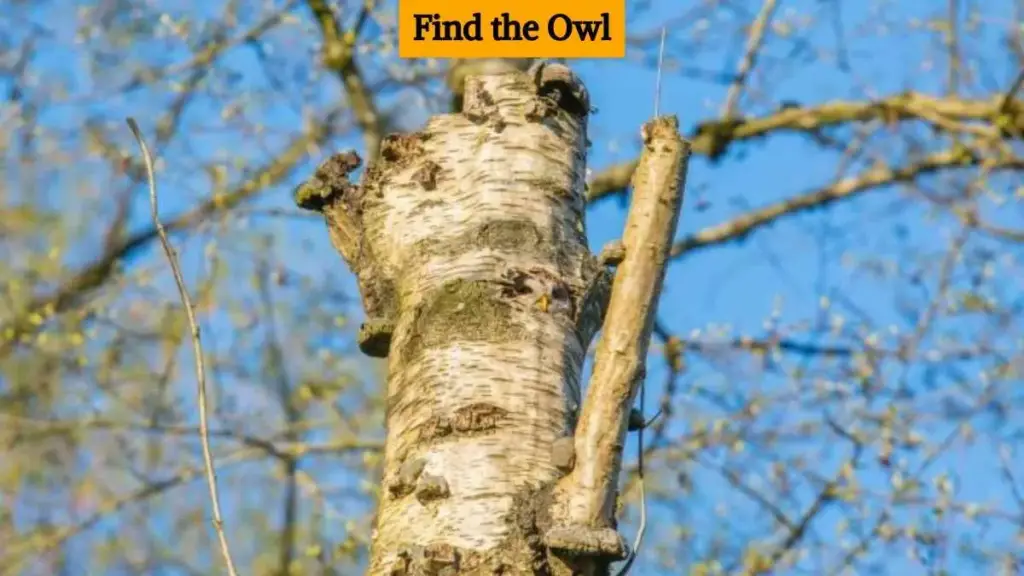
This nature-inspired illusion is a true test of your ability to spot hidden shapes in complex environments. Your task? Find an owl cleverly blending into a dense forest filled with intricate tree bark and twisted branches. At first, the forest might look like a chaotic tangle of textures, but a closer inspection will reveal the owl’s presence.
Owls are masters of disguise in the wild, and this illusion mimics their natural ability to blend into their surroundings. The bird’s feathers mirror the texture and color of the tree bark, making it nearly invisible. Solving this puzzle requires patience and a sharp eye for patterns that seem too perfect to be just bark.
4. Spot the Hidden Horse in the Herd of Zebras
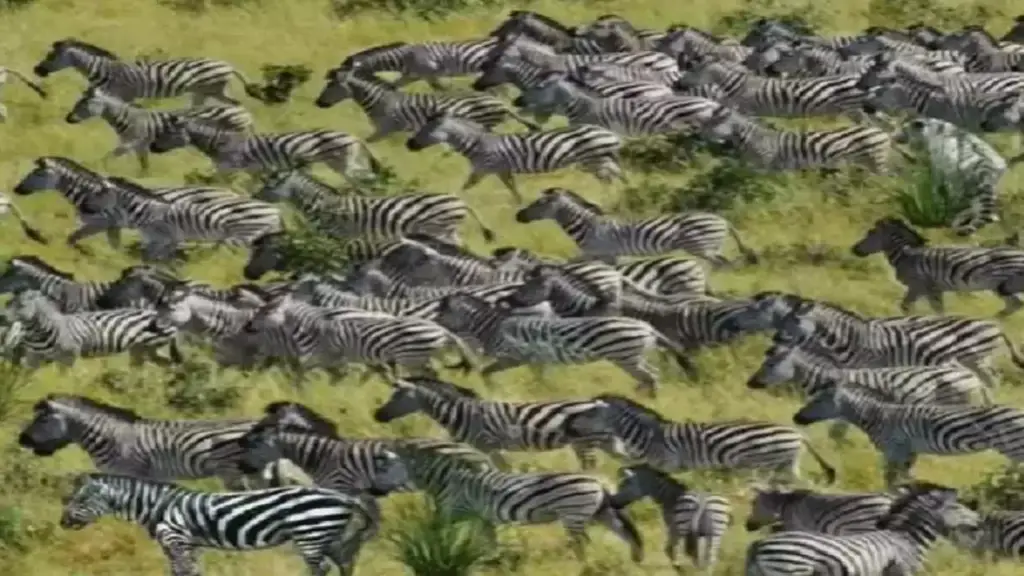
Zebras are known for their dazzling black-and-white stripes, which serve as a natural camouflage. In this illusion, a group of zebras stands together, creating a mesmerizing display of overlapping stripes. Hidden among them, however, is a horse. Finding it is no easy feat.
The horse’s stripes are designed to mimic those of the zebras, but its body shape and facial features give it away. The key to solving this puzzle is focusing on subtle differences in the shapes of the animals. While the zebras’ stripes flow in specific directions, the horse’s patterns may diverge slightly, offering a visual clue to its location.
5. Locate the Hidden Butterfly Among the Leaves
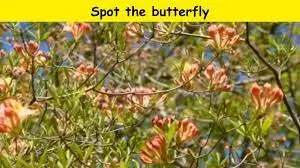
This final optical illusion is a delightful challenge for nature lovers. The image depicts a dense collection of green leaves, among which a butterfly is hidden. The trick? The butterfly’s wings are designed to look almost identical to the leaves, both in shape and color.
To uncover the butterfly, you’ll need to look closely for small discrepancies in symmetry or texture. The butterfly’s wings may have slightly different edges or a unique hue that sets them apart from the leaves. This illusion is a fantastic exercise in paying attention to details, reminding us that even in nature, things are not always as they seem.
Why Do Optical Illusions Fascinate Us?
Optical illusions captivate us because they reveal the gaps between what we see and what we think we see. Our brains process visual information by making assumptions, often based on patterns, colors, and context. Illusions exploit these assumptions, creating scenarios that force us to question our perception.
These visual puzzles are more than just fun; they’re also a fascinating way to learn about how our brains work. By challenging our ability to focus and identify subtle differences, optical illusions help sharpen our observation skills and expand our understanding of human perception.
Final Thoughts
Whether you’re spotting a hidden dog, panda, owl, horse, or butterfly, optical illusions provide an entertaining and enlightening experience. They remind us that the world is full of surprises, waiting to be discovered if we take the time to look closely. So next time you encounter one of these visual puzzles, embrace the challenge—it’s a fun way to test your skills and explore the mysteries of perception.



